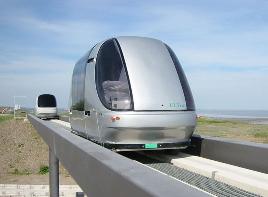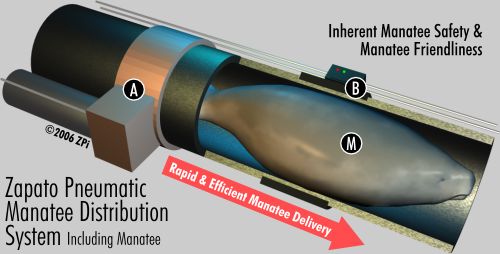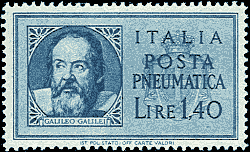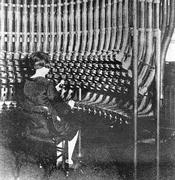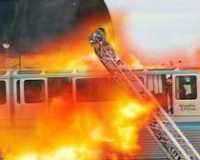Welcome to a special addendum issue of Stamp Nook that contains no stamps. Shocking, I know. It does, however, contain a footnote on postal history, so we shall maintain an air of patience while hearing it out.
The blog Division of Labour has found an interesting New York Times article from Dec. 15, 1908 on the rejection by the office of the Postmaster General of a proposal for the U.S. government to own and operate pneumatic tube systems for the delivery of mails. The article in full:
"That it is not feasible and desirable at the present time for the Government to purchase, to install, or to operate pneumatic tubes," is one of the most important conclusions reached by a commission appointed by the Postmaster General to inquire into the feasibility and desirability of the purchase and operation by the Government of pneumatic tubes in the cities where the service is now installed.
The report was to-day transmitted to Congress by Postmaster General Meyer. He approves its conclusions. The commission, however, recommends a further investigation of the subject of Government ownership of the pneumatic tube service in five or six years. The pneumatic tube service is in operation at present in New York, Philadelphia, Boston, Chicago, St. Louis, and Brooklyn.
The report commends the service as an important auxiliary for the rapid transmission of first-class mail and special delivery mail. It, however, adds these conclusions:
That pneumatic tube service appears to be still in an experimental condition, although progress has been made toward the development of a fixed standard of machinery;
That with the above reservation the regularity and efficiency of the tube service are commendable.
The commission was composed of Postmasters Campbell of Chicago, Mansfield of Boston, Roberts of Brooklynm Wyman of St. Louis, and a number of officials of the Postal Service.

